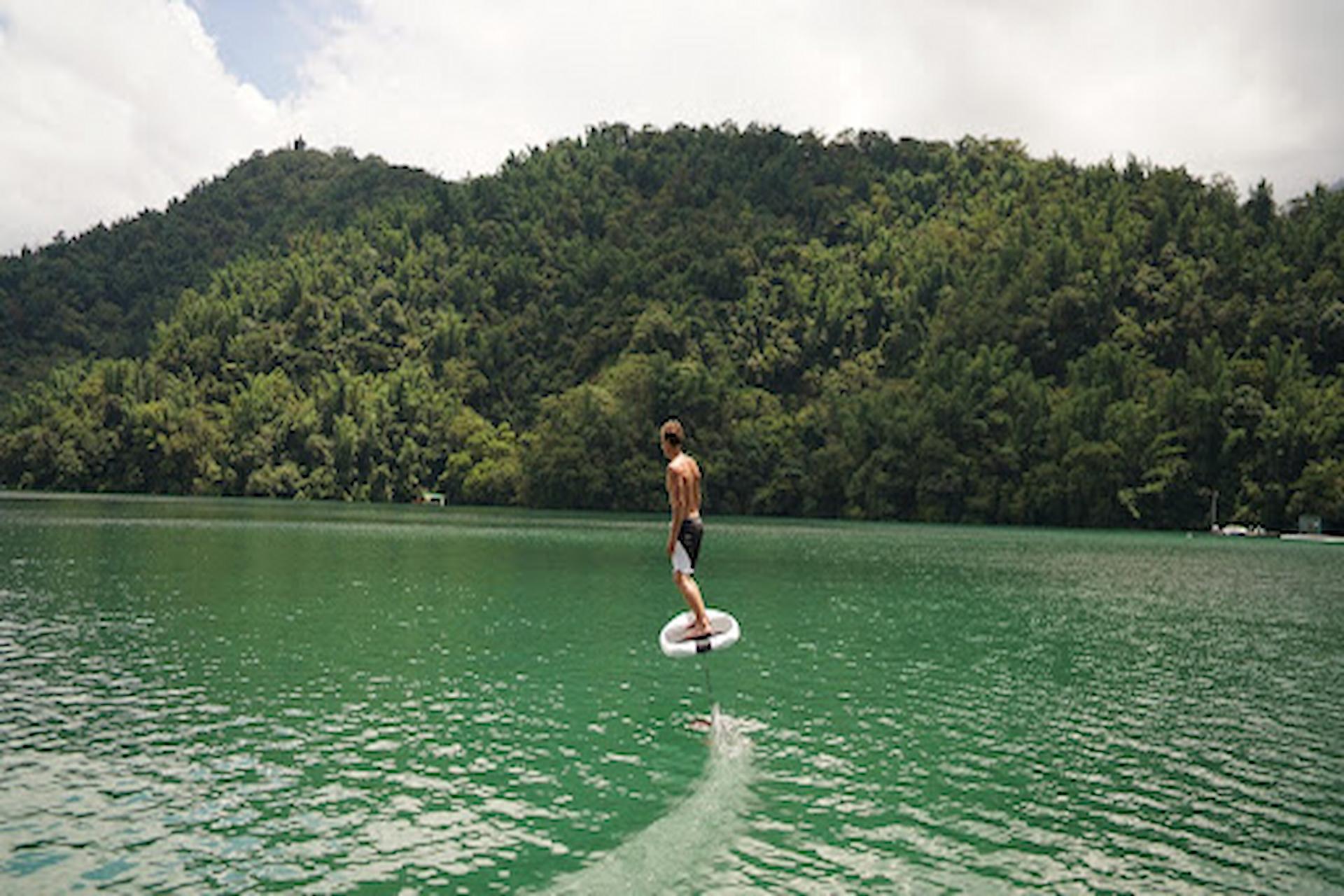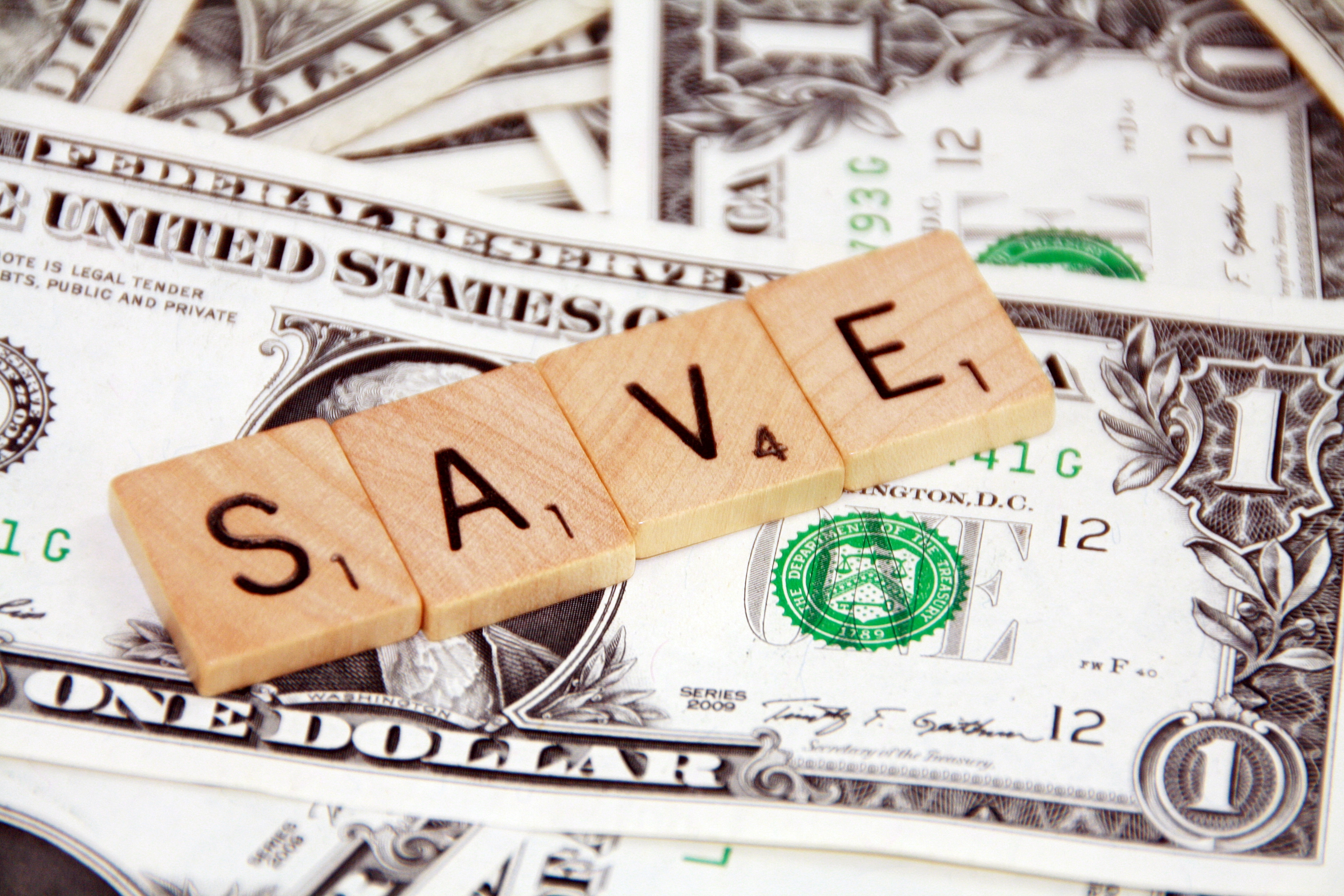
If you’re reading this, chances are you’re already interested in hydro foiling. Maybe you’ve already taken some foil boarding lessons and are ready to progress to the next level, or maybe you’re just considering it and want to know more. Either way, you’ve come to the right place.
Why You Need To Progress Your Hydro Foiling Skills
Hydro foiling is an incredibly exhilarating experience. There’s nothing quite like gliding across the water on a foil board, and when you’re able to do it in bigger waves, it’s even more exhilarating. However, it’s also important to progress your skills for safety reasons. Here are three tips for doing just that:
- Start With Small Waves
The best way to progress your hydro foiling skills is to start with small waves. These will help you get a feel for the board and how it moves, without being too overwhelming. If you’re just starting out, it’s also a good idea to try foiling in flat water first, so you can get used to the sensation of being on the foil.
- Don’t Go Too Big Too Soon
While it might be tempting to try and foil in big waves as soon as you get the hang of it, it’s important to progress slowly. Start with small waves and work your way up, so you don’t put yourself in danger.
- Be Patient
Foiling takes time and practice to master, so don’t get frustrated if you don’t get it immediately. Be patient and keep trying, and you’ll eventually get the hang of it.
What You Need To Know About Tackling Bigger Waves
If you’re ready to tackle bigger waves, there are a few things you need to know. First, it’s important to have the right equipment. Second, you need to know how to read the waves. And third, you need to be aware of the potential risks.
- The Right Equipment
When you’re ready to tackle bigger waves, you need a board that’s up to the challenge. A shortboard is the best choice for waves that are head-high or taller. If you’re just starting out, electric hydrofoil on Takuma you may want to consider a longboard. Longboards are great for beginners because they’re stable and easy to paddle.
Once you have the right board, you need to make sure you have the right leash. A leash is a strap that attaches your board to your leg. It’s important to have a leash that’s the right length. If it’s too short, it could snap and send your board flying. If it’s too long, it could get tangled and cause you to fall.
- How To Read The Waves
Reading waves is an important skill for all surfers. When you’re paddling out, keep an eye on the waves. Look for the ones that look like they’re going to break first. Once you’ve found a wave you want to ride, start paddling.



